Vitamin P is in the group of water soluble vitamins. Hundreds of different bioflavonoids make up the soluble vitamins P. Synonyms of Vitamin P are bioflavonoids - rutine epicatehin, tseptrine, citrine, flavonoid hesperidine.
The most important function of this vitamin is to reduce the permeability of the capillaries, hence its name (Permeability - porosity), and increasing the elasticity of the vascular wall. Bioflavonoids act to strengthen capillary walls and regulate their permeability.
Flavonoids are substances that give yellow or orange color to fruits. Most experts in nutritherapy believe that for every 500 mg of vitamin C, 100 mg. bioflavonoids should be taken at least. They protect vitamin C from destruction by oxidation, thus enhancing its effectiveness. The body can not synthesize vitamins of this group alone.
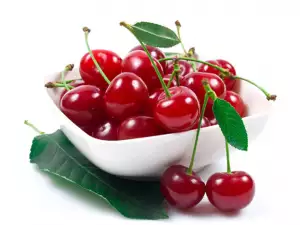
Benefits of Vitamin P
Vitamin P is associated with vitamin C and is required for its full implementation. It has capillary strengthening effect on burns and radiation sickness, stimulates the formation of reticulocytes, increasing cell respiration. Positive effects are seen on sports injuries, as there is an analgesic action present.
It has been shown that vitamin P has a unique characteristic, being able to modify the body's responses against different types of viruses, allergens and carcinogens. As antioxidant, it protects the body from the harmful effects of free radicals.
There is anti-allergic, anti-viral and anti-cancer activity present. It has a role in preventing cancer and cardiovascular diseases. Menopausal women can find effective relief from hot flashes by increasing the daily intake of Vitamin P, along with vitamin P.
Anyone who has a tendency to easily bruise, may need to increase vitamin C and vitamin P in their daily diet. The same goes for people whose gums bleed when brushing.

Sources of Vitamin P
The best sources are fruits and vegetables in yellow, orange and red colors, as well as general citrus fruits - mangoes, apricots, oranges, grapefruits and others. Vitamin P is also found in lemons, cherries, currants, prunes and grapes. Since most vegetables are rich in Vitamin P are carrots, tomatoes, peppers, broccoli, onions and parsley . Good sources of this vitamin are green tea, red wine and dark chocolate (over 70% cocoa content). And: peppe , blackcurrant, cherries, buckwheat and almonds.
Deficiency of Vitamin P
With vitamin P vitamin C are absorbed poorly by the body weakness and fatigue develop. There are similar effects as in vitamin C shortages - bleeding gums, muscle pain and cracks at the edges of your mouth, among others. Limb pain appeasr, there is a danger of bleeding, especially internally. The skin in the area of wrinkles will have small hemorrhages.
A deficiency increases the fragility of the vessels, causing bruising and edema. Vitamin P deficiency plays a role in disease states in which there is increased capillary permeability to proteins, eg. for hepatitis , nephritis, pleurisy, gastritis , etc. Enemies of Vitamin P are water, heat treatment, light, oxygen, cigarette smoke.
Overdoses of Vitamin P
Bioflavonoid overdose is unlikely, but it can lead to diarrhea. While eating regular fruits and vegetables we get enough doses of vitamin P, if its not enough, it often means a quick and easy bruising.
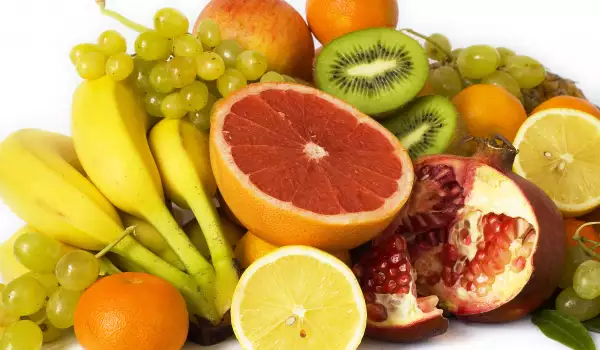
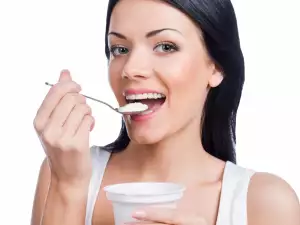

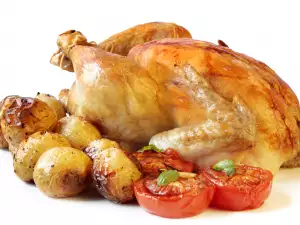
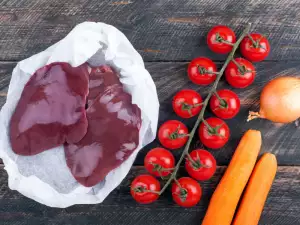
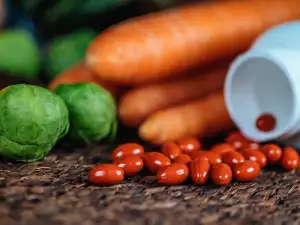
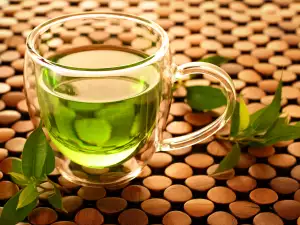
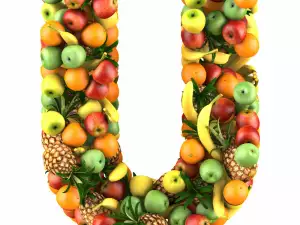


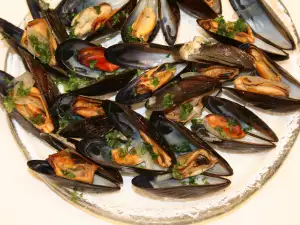
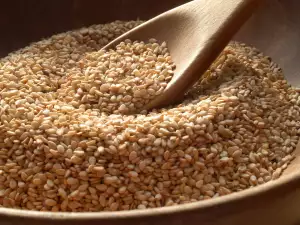


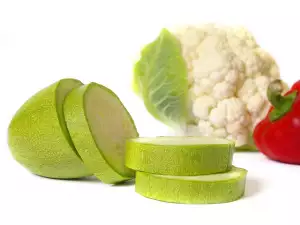




Comments